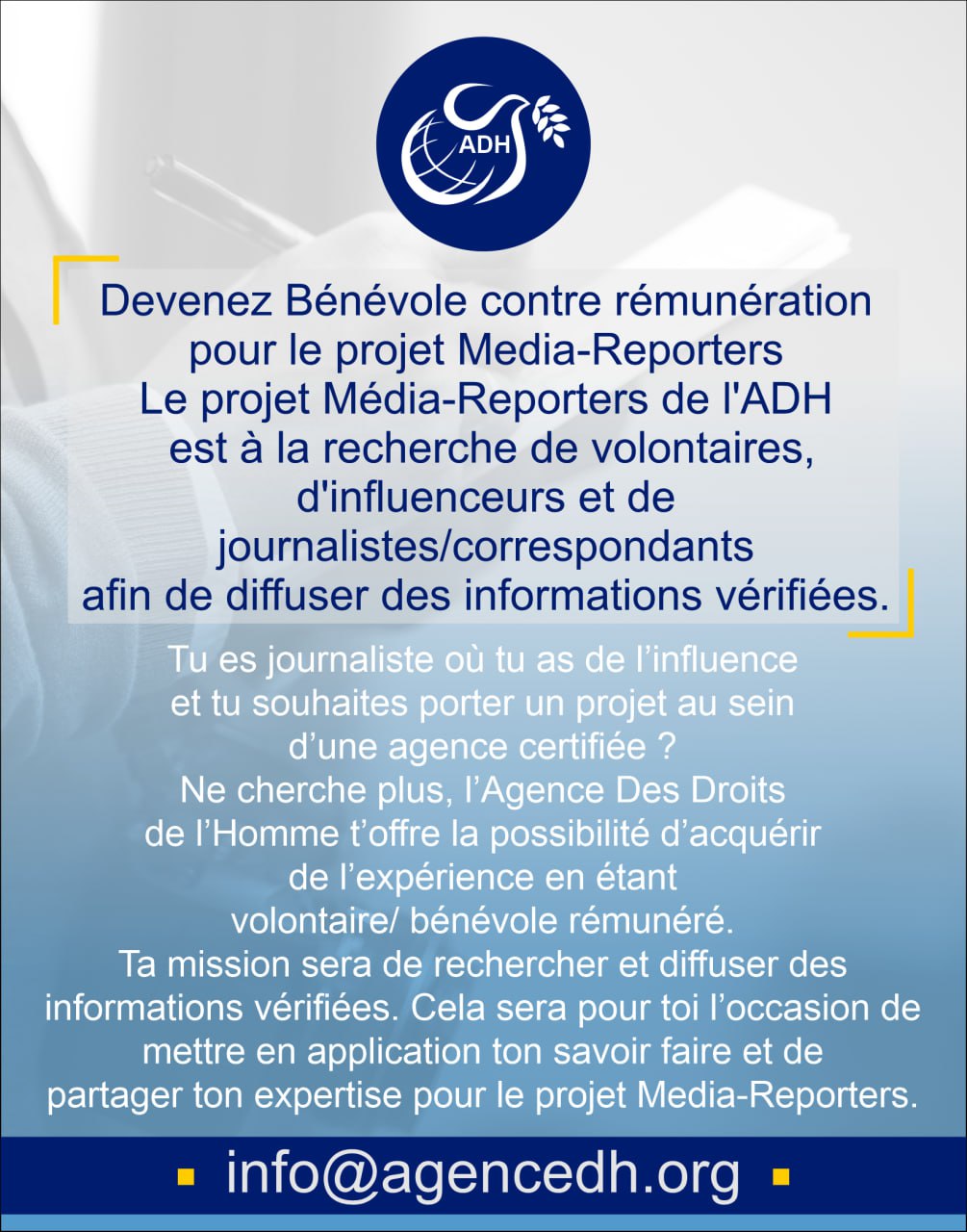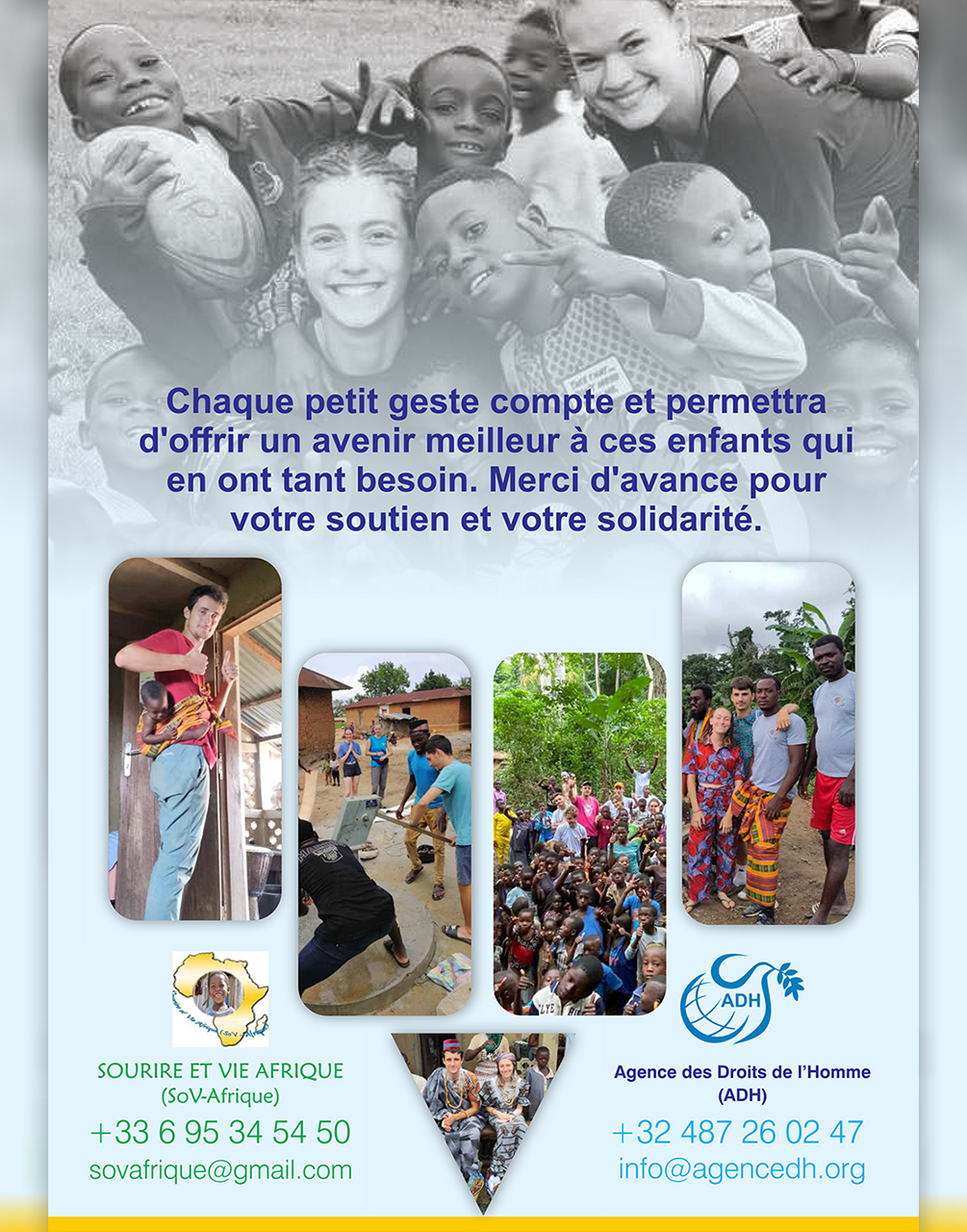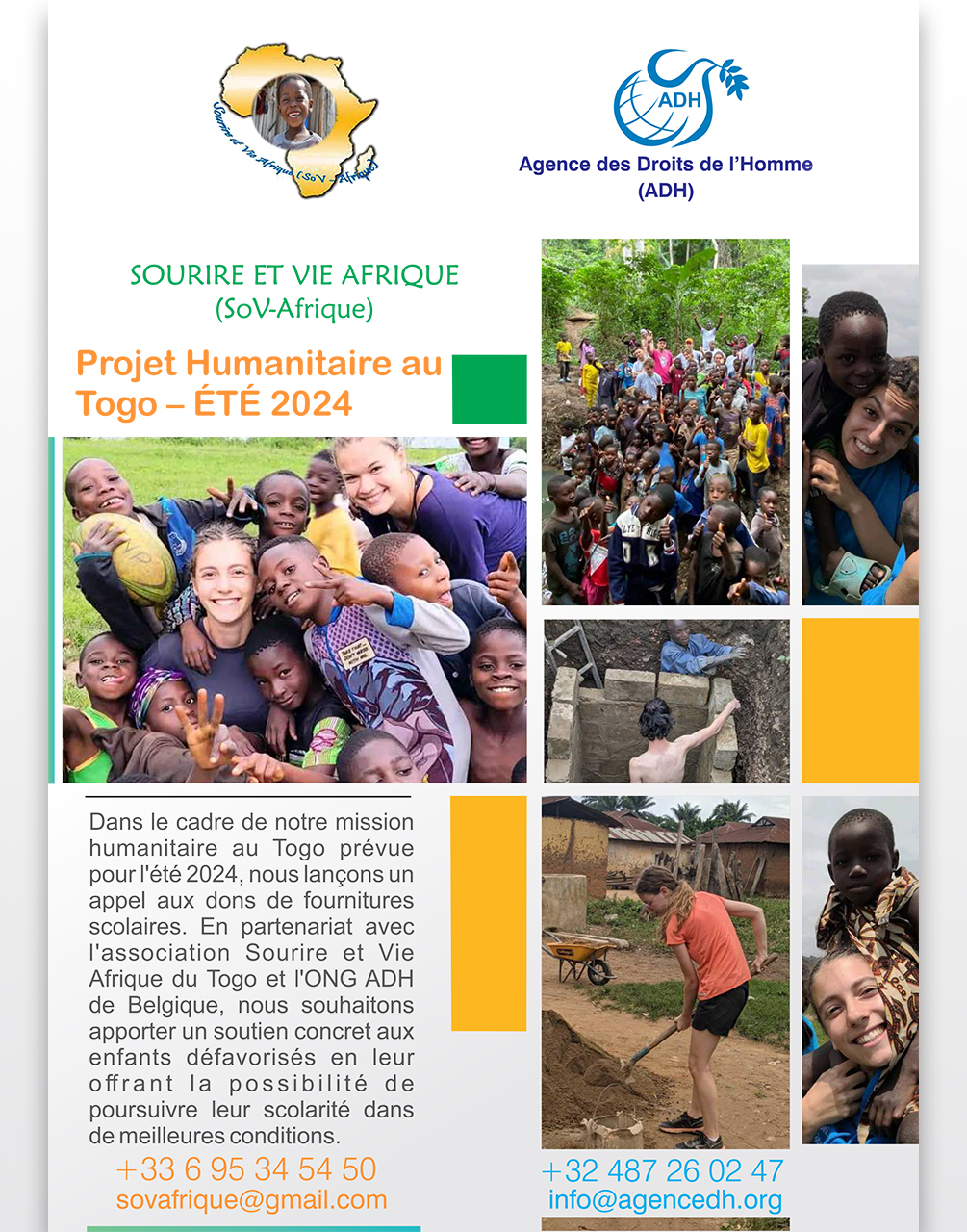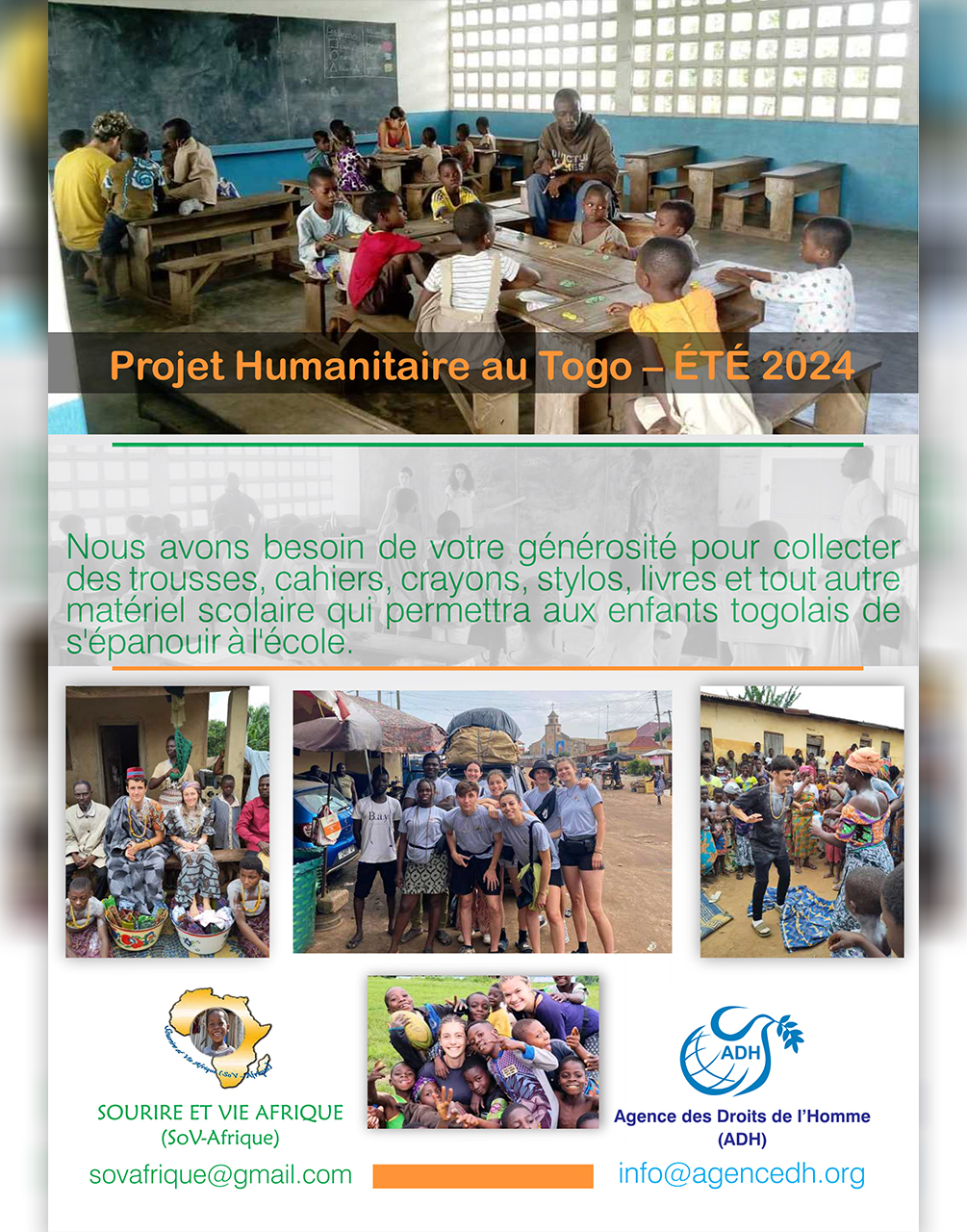Flood in Congo: Some 27000 children have been out of unable to continue their education
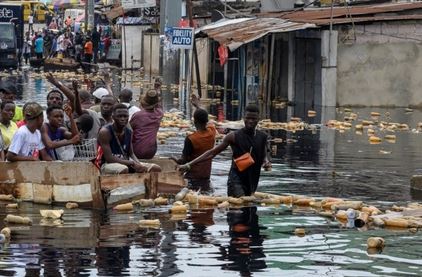
As initial assessments sowed, nearly 2300 hectares of cultivated land were flooded, raising concerns about the destruction of means to produce food and the loss of livestock.
The torrential downpours double the usual amount of rainfall in the Republic of the Congo has recently led to unprecedented floods, affecting over 1.8 million people of whom 350000 people in urgent need of humanitarian assistance, as reported by the UN aid coordination office OCHA. The flood, which was one of the most disastrous in scale for six decades has impacted nine out of the country’s 12 departments and destroyed or damaged 34 health facilities, 120 schools, and over 64000 houses.
As highlighted by OCHA, concerns have been also raised regarding the long-term consequences of the flood due to the impact on livelihoods across Congo. As initial assessments sowed, nearly 2300 hectares of cultivated land were flooded, raising concerns about the destruction of means to produce food and the loss of livestock. The office said it means that fruit trees, fishing gear, small cattle, and other means to produce food on the land have been destroyed.
Accessibility is a one of the main challenges because of the floods, and many villages can only be reached by boat or canoe, leaving local communities without shelter or access to primary health services, clean drinking water, or sanitation in the worst-affected areas, as emphasized by OCHA spokesperson, Jens Laerke. In the capital Kinshasa, with a population of 15 million, residential and tourist areas are also still under water.
Another sector heavily affected by the floods is education. Some 27000 children have been out of unable to continue their education due to the extent of the flood and its adverse effects on a large part of the infrastructure. These conditions have necessitated a relief response, targeting shelter, food security, nutrition, health, water, sanitation and hygiene. Further assessments can highlight what’s needed, where, and how to deliver the aid.

